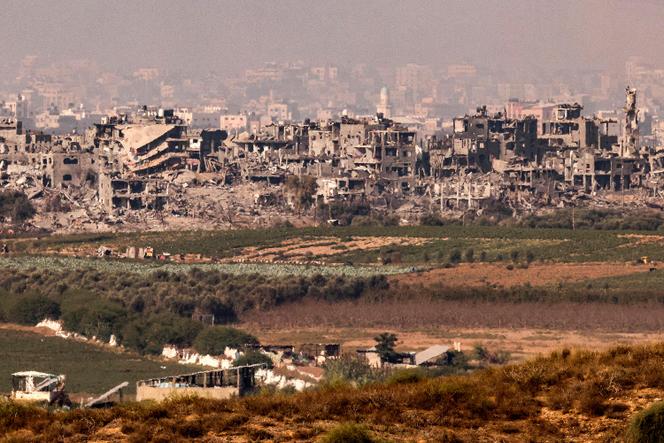


"This whole operation is different from previous ones (...) We are not hitting only terrorists and launchers, but also the whole Hamas government and all its wings (...) We are hitting government buildings, production factories, security wings and more. We are demanding governmental responsibility from Hamas and are not making distinctions between the various wings. After this operation, there will not be one Hamas building left standing in Gaza and we plan to change the rules of the game."
This statement by a deputy chief of General Staff of the Israeli army is not recent. It dates back to December 27, 2008. Dan Harel made it on the third day of the war in Gaza, which pitted Israel against Hamas, who ruled over the narrow strip of land ever since the forced ousting of the Palestinian Authority one year earlier.
Fifteen years and three other offensives against Hamas later, the Israeli authorities have once again set themselves the goal of eradicating the entire organization responsible for the massacres of Israeli civilians perpetrated on October 7. With the Palestinian question reduced to a security challenge, Israel's response is strictly military.
For over two decades, this framework has generated an incessant chase between the most powerful army in the Middle East and the Palestinian militia. The first Israeli fence around Gaza was erected in 1995. The first Palestinian rockets were fired in 2001. As the Israeli fence was being finished, Palestinian military groups began digging tunnels.
At the same time, Palestinian rockets have been gaining in both range and reliability. This advance forced the Israeli army to launch repeated offensives in 2008, 2012, 2014 and 2021, regularly accompanied by ground incursions, despite the development of the Iron Dome, an anti-aircraft missile system praised for its effectiveness.
The Israeli army constantly strengthens its fencing around Gaza, in particular to try to block tunnels. But the military phase of the attack on October 7 came from the air, with drones neutralizing part of the Israeli system and breaching the fence, which had been presented as an example of technological excellence.
This beginning was accompanied by an escalation in violence on the ground, culminating in the massacres of October 7 which has brought the situation to a dramatic climax on the Palestinian side. On the Israeli side, a milestone was reached in July 2002 with the dropping of a one-tonne bomb to kill a senior Hamas official, Salah Shehadeh, at the cost of 14 collateral deaths and over a hundred injuries. The deadly bombing at the Jabalia refugee camp, on October 31, echoed it. The Second Intifada (2000-2005) in fact put an end to the questions that had been nurtured in Israeli society, right up to the Supreme Court, about the practice of targeted assassinations.
You have 50% of this article left to read. The rest is for subscribers only.
